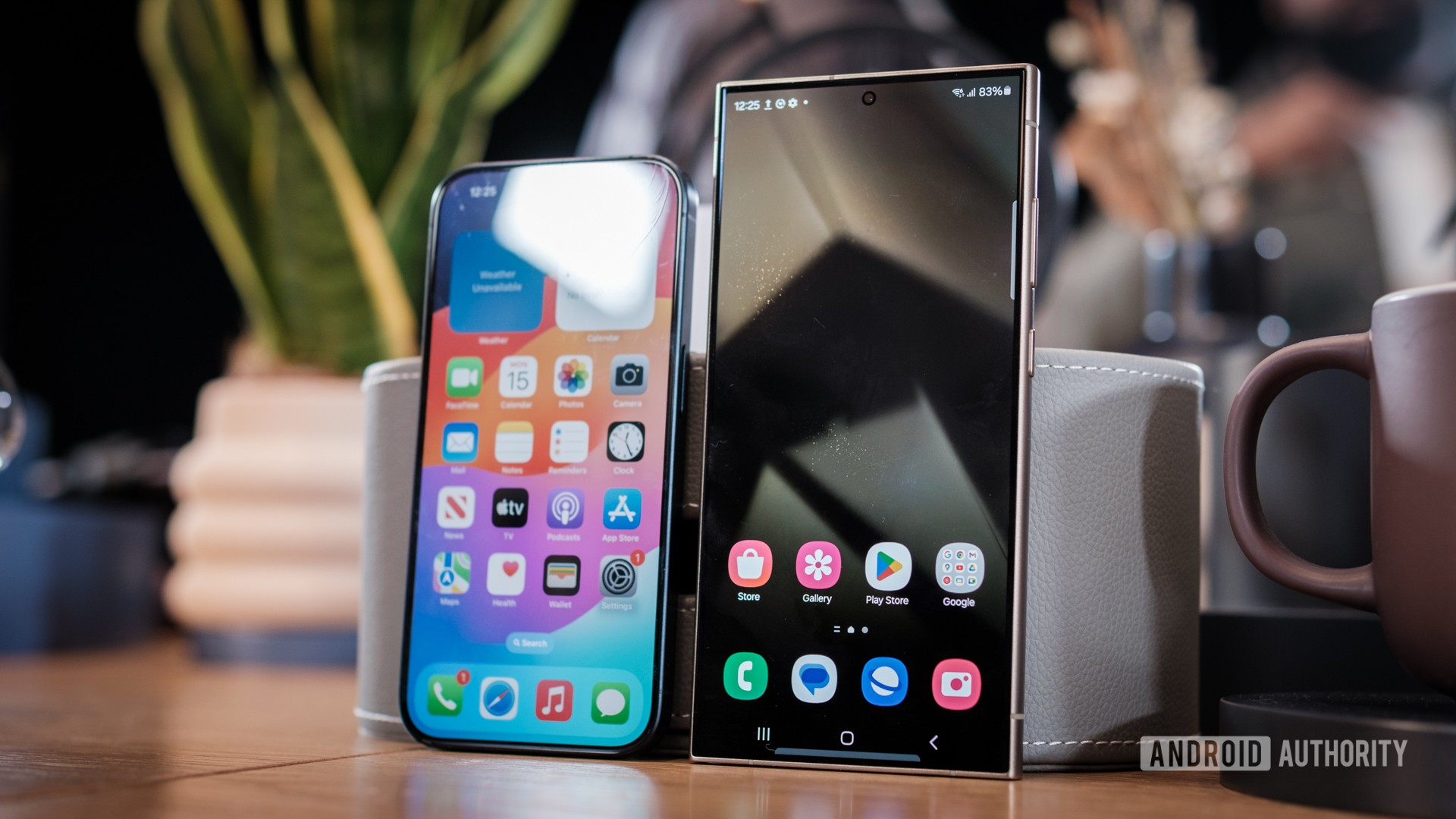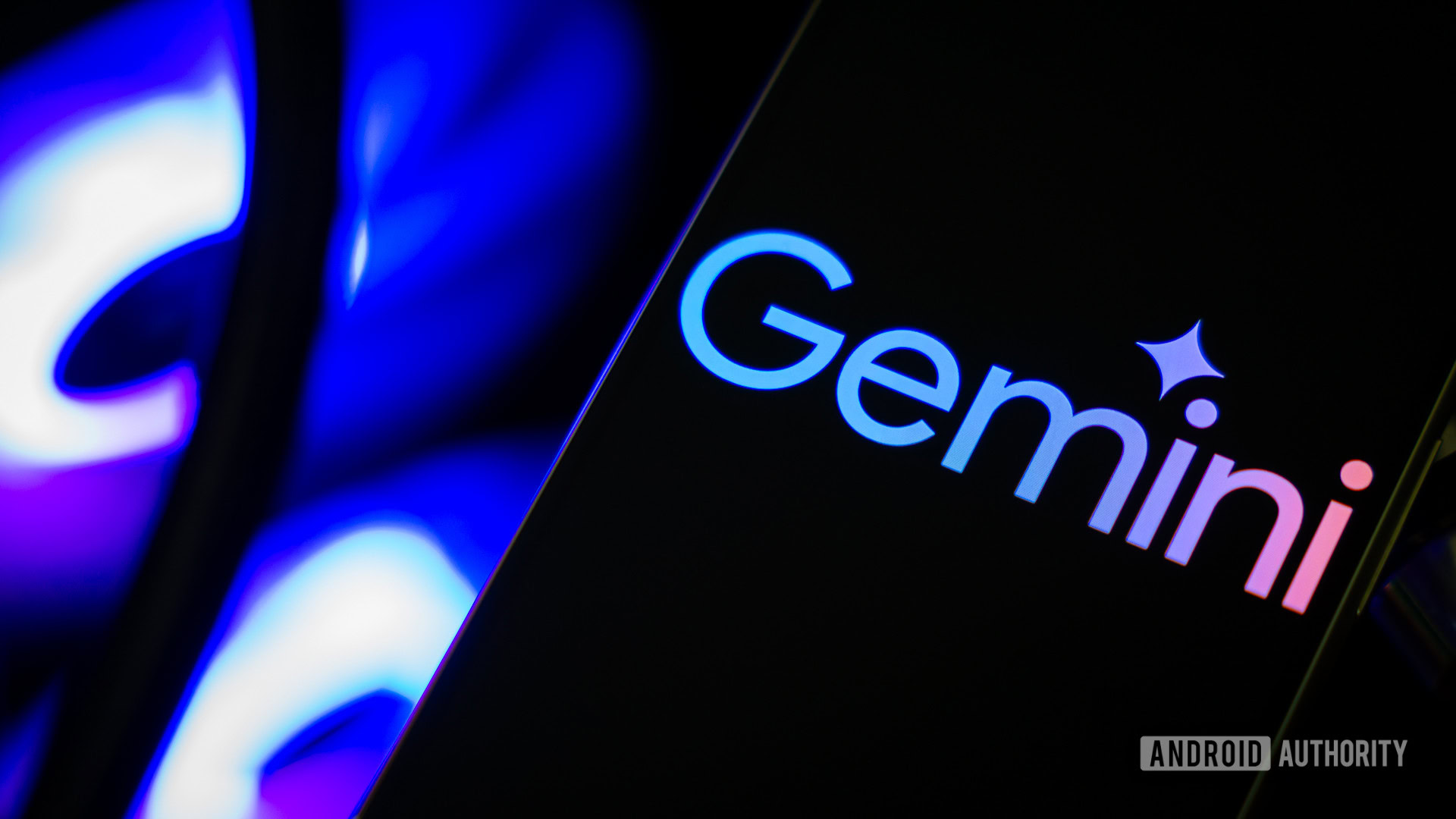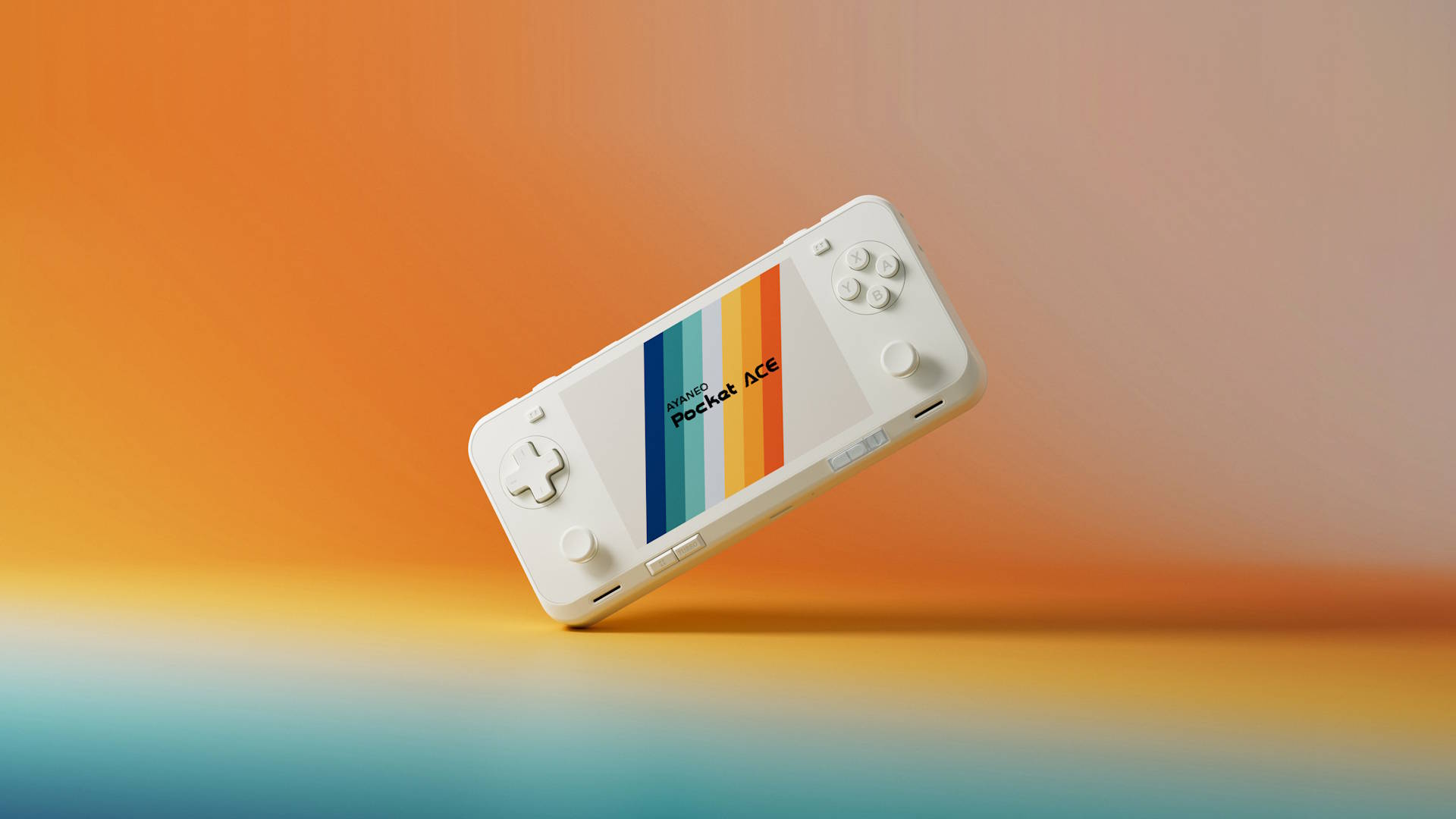At one of the world’s most renowned museums, history and innovation are now side by side.London’s Natural History Museum (NHM) has unveiled a 3D printed ceramic structure that supports a new exhibition called Fixing Our Broken Planet.It forms the base for the displays, artifacts, and multimedia screens.
The structure protects the museum’s historic building by avoiding direct contact with its walls and using lightweight, low-impact materials, showing how technology can be used carefully to support heritage spaces.Animal models.The Trustees of the Natural History Museum.
The installation is made of 1,686 3D printed clay modules that form the internal structure of the new gallery displays.These printed pieces are topped with traditional clay tiles, creating a smooth, durable surface to showcase exhibition items, like animal and plant models or interactive screens.Ceramic 3D printing.
Image courtesy of LAMÁQUINA.It was engineered and produced by Barcelona-based 3D printing hub LAMÁQUINA, using ceramic 3D printing technology from Italian construction company WASP.Working with 40% recycled clay sourced from leftover material in the ceramics industry—that would have otherwise been discarded—LAMÁQUINA made the modular components in just three months.
This project marks a major milestone for the museum, which first opened its doors in 1881.Designed by architect Alfred Waterhouse, the NHM’s Romanesque-style building is one of Britain’s most iconic landmarks, built entirely out of terracotta.Today, the Waterhouse building houses most of the museum’s main exhibits.
As part of the Fixing Our Broken Planet exhibition, a new gallery was created, continuing the museum’s tradition of using sustainable materials, combining modern eco-friendly methods with respect for the building’s original architecture.Ceramic 3D printing.Image courtesy of LAMÁQUINA.
Because the structure had to avoid touching the original walls and stay within strict weight limits, the architects needed a solution that was both low-impact and durable.After studying different ways to build the installation, the team found robotic ceramic 3D printing to be the best option.LAMÁQUINA 3D printed the modular clay bases and structural components using WASP’s clay extrusion technology, which included a robotic arm setup and the WASP 40100 Production System.
Thanks to the system’s automatic idle roller, production continued without interruptions, speeding up the manufacturing process.Ceramic 3D printing.Image courtesy of LAMÁQUINA.
The clay bases and modular components were 3D printed, while the horizontal capping tiles were made using a 2D tiling technique.The structure was organized into ten basic modular shapes.Each piece was carefully shaped by robots, with built-in spaces for cables and signs.
One major challenge was controlling the clay during production, because the material is sensitive to changes in temperature and humidity.So the team had to monitor each piece closely to track any shrinkage or warping.They used this information to adjust the digital designs and ensure the final parts were within 5 millimeters of the intended size.
The parts were later fired at Ceràmica Cumella, where multiple pieces were baked at once in kilns powered partly by renewable energy.After firing, the ceramic pieces were transported to the museum and put together without glue or mortar, using biopolymer joints, so the structure could be built without causing any damage to the historic building.The entire structure was installed in just ten days.
Ceramic 3D printing.Image courtesy of LAMÁQUINA.Fixing Our Broken Planet is the first of six new galleries planned as the Natural History Museum prepares for its 150th anniversary in 2031.
The exhibition is dedicated to promoting sustainable solutions to global environmental problems, making it an ideal launch for this ambitious redevelopment plan.It explores how the food we eat, the energy we use, and the things we buy affect our health and the planet.It also brings together over 200 specimens, from a Sumatran rhino to an ancient cow skull, to show our impact on the natural world and point to ways to fix it.
Adult bison in the energy zone.The Trustees of the Natural History Museum.As the Natural History Museum celebrates its 145th anniversary this year, it remains one of London’s top cultural attractions.
In 2024, it was the second most visited site in the city, drawing 6.3 million visitors, according to the Association of Leading Visitor Attractions (ALVA).Known around the world, the museum stands out for its groundbreaking research, historic architecture, and vast collections that continue to inspire millions every year.The Trustees of the Natural History Museum.
Doug Gurr, Director of the Natural History Museum, highlighted the value of the project during the gallery’s opening: “This is not only talking the talk on sustainability, it is walking the walk,” he said.The museum shows how heritage sites can use new technology and still respect their history and commitment to sustainability.Subscribe to Our Email Newsletter Stay up-to-date on all the latest news from the 3D printing industry and receive information and offers from third party vendors.
Print Services
Upload your 3D Models and get them printed quickly and efficiently.Powered by FacFox
Powered by 3D Systems
Powered by Craftcloud
Powered by Endeavor 3D
3DPrinting Business Directory
3DPrinting Business Directory








